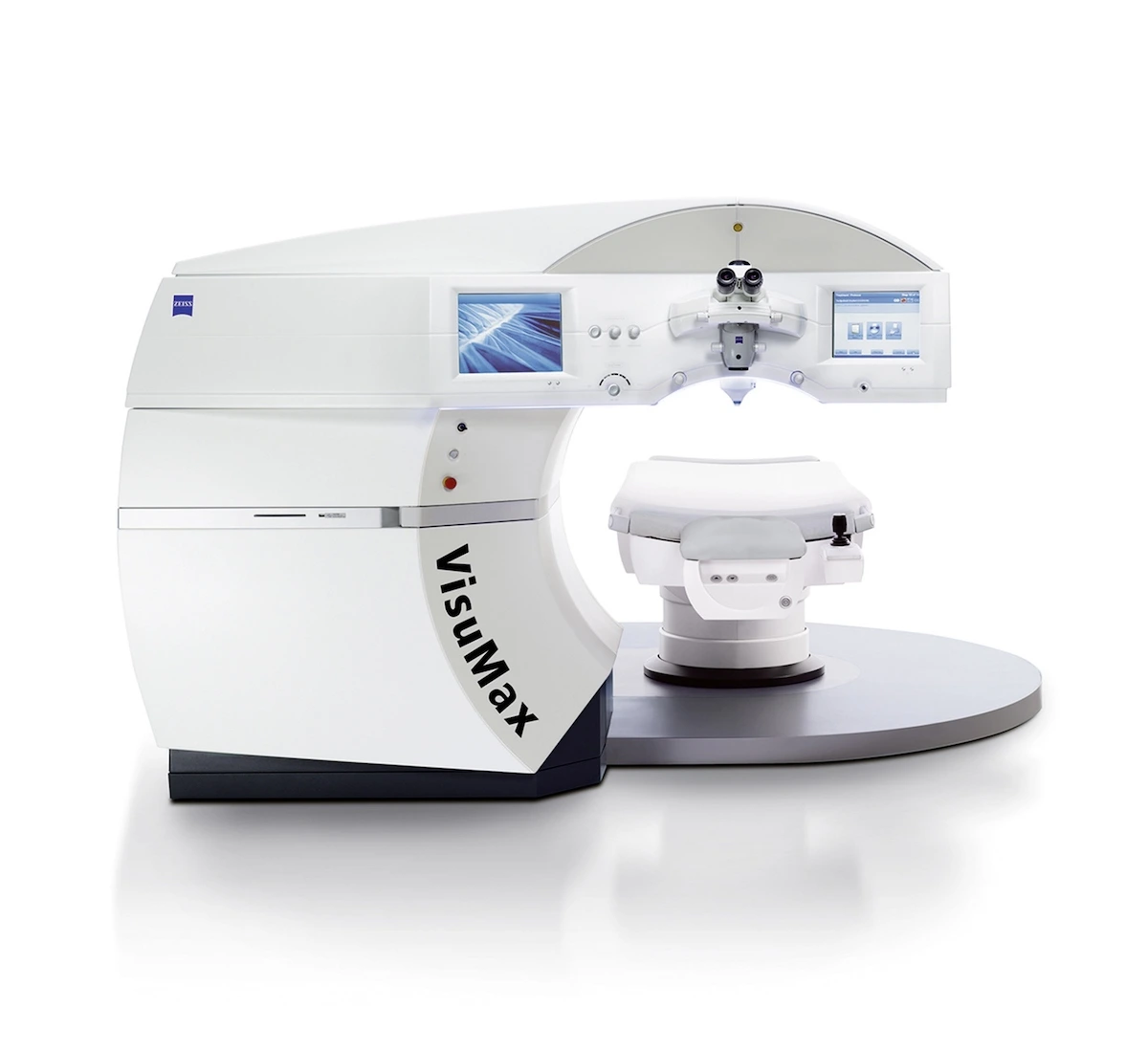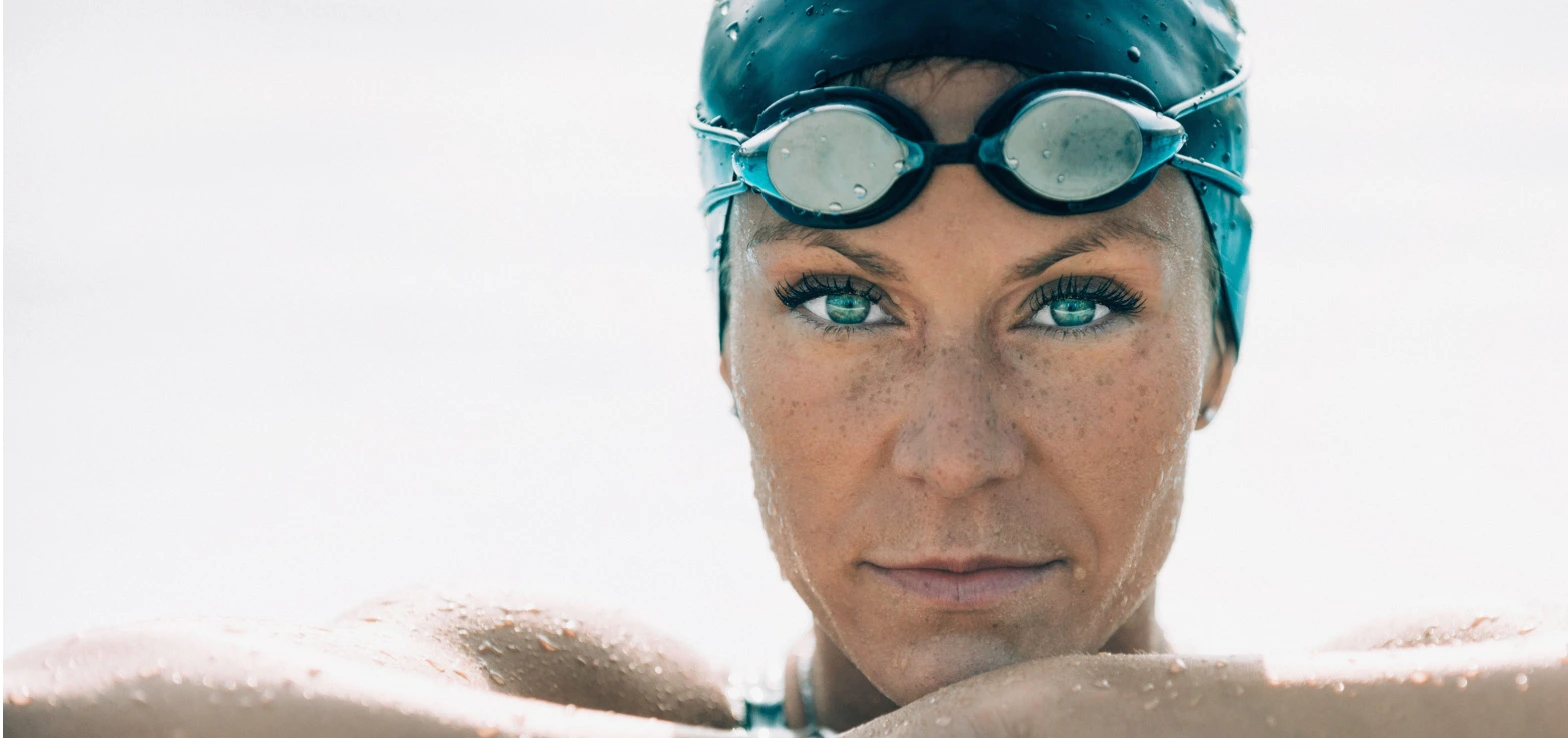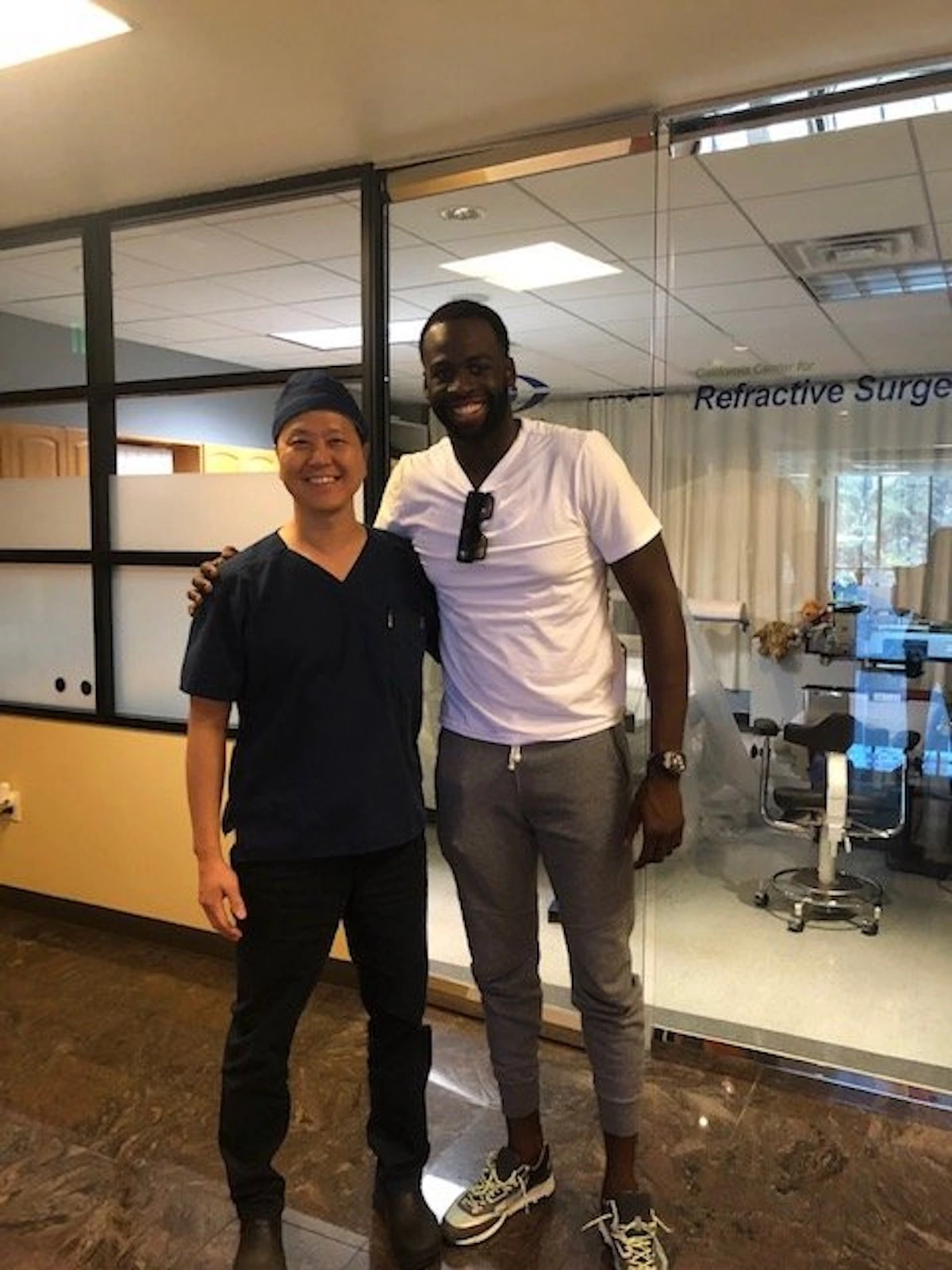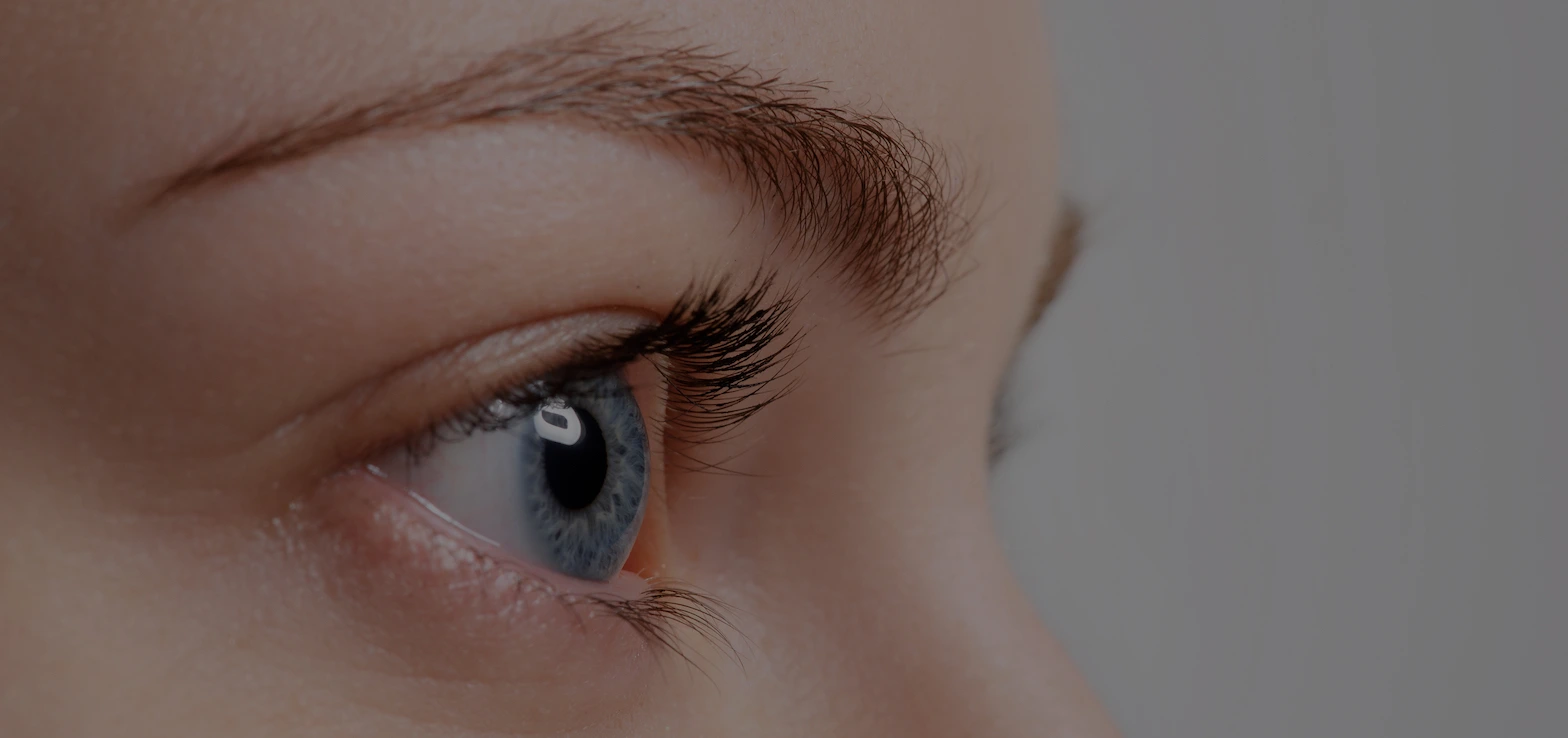SMILE
First U.S. Surgeon Certified in SMILE*
Dr. Paul C. Lee performs SMILE on NBA Champion, Draymond Green
*First Non-FDA Investigator
SMILE LASIK by premier Los Angeles ophthalmologist Dr. Paul C. Lee is the latest form of laser vision correction that provides clear vision with a shorter recovery time and fewer potential complications. Dr. Lee was the first non-FDA eye surgeon in the United States to be certified to perform this revolutionary procedure.
What is SMILE LASIK Eye Surgery?
SMILE (Small Incision Lenticule Extraction) is the latest form of laser vision correction. During this minimally invasive refractive procedure, Dr. Lee uses the ZEISS VisuMax femtosecond laser to create a lenticule, a thin disc of corneal tissue, directly under the cornea’s surface layer. By removing this tiny disc, Dr. Lee precisely changes the shape of the cornea, enhancing the eye’s ability to focus and significantly improving visual acuity in patients affected by nearsightedness and
Trusted Source
What Is Small Incision Lenticule Extraction?
American Academy of Ophthalmology
Go to Source
astigmatism

What is the Difference Between SMILE and LASIK Surgery?
SMILE is often referred to as a flapless-LASIK but is a technically distinct procedure that provides many benefits over LASIK. During LASIK (Laser-Assisted In Situ Keratomileusis), a flap is created in the cornea, and an excimer laser is used to reshape the cornea by removing tissue underneath the flap. On the contrary, SMILE surgery does not involve flap creation, as the femtosecond laser creates the lenticule through an intact cornea. Dr. Paul C. Lee then removes this thin layer of corneal tissue through a tiny side incision, thus reshaping the cornea and correcting nearsightedness and astigmatism.
When considering SMILE vs LASIK, it helps to understand the many benefits of SMILE:
Improved Outcomes
SMILE patients report a higher rate of postoperative
Trusted Source
Comparing Patient-Reported Outcomes of Laser In Situ Keratomileusis and Small-Incision Lenticule Extraction: A Review
Chiam NPY, Mehta JS
Go to Source
satisfaction
than LASIK patients do.
A Minimally Invasive Procedure
SMILE is less invasive than LASIK: Compared to the creation of a corneal flap during LASIK, an 80% smaller incision is made to create the lenticule during SMILE.
Reduced Dryness
By Making a smaller corneal incision, SMILE spares corneal nerves from injury. Corneal nerves play an important role in providing sensation and keeping eyes moist through the eye’s feedback mechanism that detects dryness. By preserving more corneal nerves, it may induce less
Trusted Source
Corneal nerves in health and disease
Shaheen BS, Bakir M, Jain S
Go to Source
dryness.
Fast Recovery
Without the flap, SMILE affords faster physical recovery than LASIK. Patients can resume their favorite activities, such as contact and water sports, and apply makeup, including eye makeup, the very next day.
Long-Term Vision Correction
SMILE results in permanent vision correction; however, the natural aging process can affect vision. An important feature of SMILE is preserving the LASIK option for the future. Dr. Paul C. Lee can perform LASIK on a post-SMILE eye safely and effectively years after SMILE providing another opportunity to enjoy freedom from glasses.
Fewer Side Effects
The flap created during LASIK can sometimes wrinkle or become displaced. As a flapless procedure, SMILE avoids these potential complications.

Who is a Candidate for SMILE?
If you have been diagnosed with vision problems such as nearsightedness (myopia) and/or astigmatism and are ready to reduce or even eliminate your dependence on glasses and contact lenses, you may be a good candidate for SMILE surgery. Ideal
Trusted Source
Food and Drug Administration
Summary of safety and effectiveness from the SMILE FDA trial
Go to Source
candidates
are:
- Over the age of 21
- Have nearsightedness from -1.00 to -10.00 diopters with up to 3.00 diopter of astigmatism.
- Have a stable vision prescription
- Have healthy eyes
Patients who may not be good candidates for LASIK because they have thin corneas or experience dry eye symptoms may still qualify for this newer form of laser vision correction.
Your journey to 20/20 begins here!
Why Choose CCRS for SMILE LASIK?
Patients come to CCRS from throughout the greater Los Angeles area and beyond specifically to work with Dr. Paul C. Lee. Always at the forefront of vision correction, Dr. Lee is widely recognized as a pioneer in the use of SMILE to provide patients with superior vision correction outcomes.
Led by Dr. Lee, CCRS became the first non-FDA study ophthalmology practice in the United States to acquire the ZEISS VisuMax femtosecond laser in 2013, well before this laser was approved for SMILE eye surgery in 2016. As of 2023, VisuMax is the only laser approved for SMILE surgery.
In 2014, Dr. Lee became the first non-FDA study eye surgeon to perform SMILE in the United States. He was also the first non-fda study surgeon to be certified to perform this procedure, and the first eye doctor to perform SMILE with astigmatism correction in the United States.
Dr. Lee’s esteemed reputation and exceptional mastery in his field have garnered such widespread acclaim that even prominent figures seek him out for their vision correction. In 2019, Dr. Lee performed SMILE eye surgery on world champion NBA player Draymond Green of the Golden State Warriors.

Preparing for SMILE Surgery
Your private consultation with Dr. Paul C. Lee is the most important part of preparing for vision correction with SMILE. During this appointment, you will undergo an eye exam that includes numerous advanced diagnostic tests to determine whether you are a good candidate. You will meet personally with Dr. Lee, and will be able to candidly discuss your vision problems, lifestyle, and goals with him. Together you will decide on the right option for you.
Once your surgical procedure is scheduled, a member of our team will give you detailed pre-operative instructions, which will include:
- Discontinue use of contact lenses before your procedure
- Wear comfortable clothing
- Arrive wearing no eye makeup
- Make arrangements for transportation after your procedure
- Post-operative eye care and follow-ups

"The entire practice is so friendly and makes you feel at ease and there is zero pressure when you go in. The procedure that took less than 15 minutes was quick and painless because the Doc was able to keep me calm before, during, and after! Which I came by 10 years ago but better late than never!"
V. A.
SMILE Eye Surgery: What to Expect
SMILE is an outpatient procedure that takes only a few minutes per eye.
Before the procedure begins, anesthetic eye drops will be used to numb your eyes, and you will also be offered an oral sedative to help you relax. A device called a speculum will gently hold your eyes open so you won’t need to worry about blinking.
To begin the procedure, Dr. Lee uses a femtosecond laser to precisely create a lenticule (a thin, contact lens-shaped corneal disc. Next, the lenticule is removed through a very small peripheral corneal incision.
SMILE Recovery and Results
Dr. Lee will encourage you to refrain from activities that may strain your eyes (such as watching television, using the computer, or reading) as much as possible for the first 24 hours after your procedure. Your vision may fluctuate immediately after the procedure, but you should start to notice improvement within just a few hours.
Because no corneal flap is created during SMILE, patients enjoy an even faster and more comfortable recovery period than after LASIK. Most of our patients go back to work and all of their favorite activities (including sports and swimming) the very next day.The vision continues to improve over the next ensuing months.
Frequently Asked Questions About SMILE
Yes. SMILE corrects up to -3.0 diopter of astigmatism. In fact, in 2018, Dr. Lee was the first non-FDA study doctor in the United States to perform SMILE surgery with astigmatism . This procedure has not yet been FDA approved to treat farsightedness (hyperopia).
Cost of SMILE LASIK surgery is similar to LASIK surgery. Friendly consultants at CCRS will give you a detailed cost breakdown for your eye surgery before your procedure.
SMILE and other vision correction procedures are considered to be elective, which means that they are ineligible for coverage by most health insurance plans. Patients are, however, able to use funds from medical spending accounts (HSA, FSA) to cover the cost of vision correction surgery.
SMILE is widely considered to be safe and effective, and has a lower risk of complications such as corneal nerve damage and dry eye than
Trusted Source
Hyperopic small-incision lenticule extraction
Moshirfar M, Bruner CD, Skanchy DF, Shah T
Go to Source
LASIK.
Rare
Trusted Source
What Is Small Incision Lenticule Extraction?
American Academy of Ophthalmology
Go to Source
risks
and side effects include:
Contact Us
CCRS serves the greater Los Angeles area through its two locations. If you are interested in learning more about achieving better vision with SMILE, please contact the team at CCRS to schedule a free consultation.
1 American Academy of Ophthalmology. What Is Small Incision Lenticule Extraction? Available: https://www.aao.org/eye-health/treatments/what-is-small-incision-lenticule-extraction Accessed June 29, 2023.
2 Chiam NPY, Mehta JS. Comparing Patient-Reported Outcomes of Laser In Situ Keratomileusis and Small-Incision Lenticule Extraction: A Review. Asia Pac J Ophthalmol (Phila). 2019 Sep-Oct;8(5):377-384. doi: 10.1097/APO.0000000000000258. PMID: 31478935; PMCID: PMC6784778. Available: https://pubmed.ncbi.nlm.nih.gov/31478935/. Accessed June 29, 2023.
3 Shaheen BS, Bakir M, Jain S. Corneal nerves in health and disease. Surv Ophthalmol. 2014 May-Jun;59(3):263-85. doi: 10.1016/j.survophthal.2013.09.002. Epub 2014 Jan 23. PMID: 24461367; PMCID: PMC4004679. Accessed July 11, 2023.
4 U.S. Food and Drug Administration. Summary of safety and effectiveness from the SMILE FDA trial. Available: https://www.accessdata.fda.gov/cdrh_docs/pdf15/P150040B.pdf. Accessed June 29, 2023.
5 Moshirfar M, Bruner CD, Skanchy DF, Shah T. Hyperopic small-incision lenticule extraction. Curr Opin Ophthalmol. 2019 Jul;30(4):229-235. doi: 10.1097/ICU.0000000000000580. PMID: 31033739. Available: https://pubmed.ncbi.nlm.nih.gov/31033739/. Accessed June 29, 2023.
6 American Academy of Ophthalmology. What Is Small Incision Lenticule Extraction? Available: https://www.aao.org/eye-health/treatments/what-is-small-incision-lenticule-extraction Accessed June 29, 2023.
The doctors at CCRS have reviewed and approved this content.

